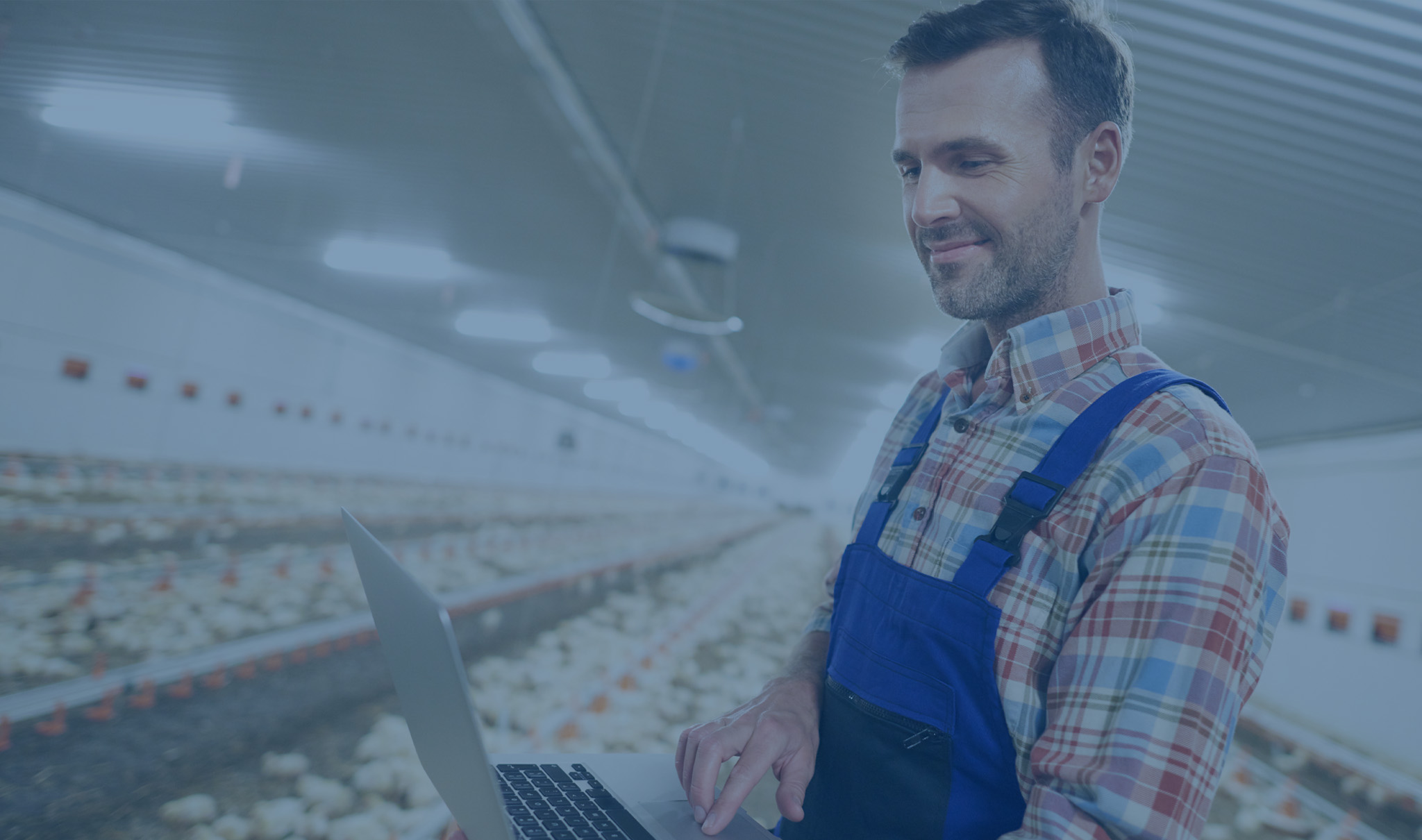dol-sensors
Sensors for Smart Farming

Sensors for Smart Farming
The world population is growing, concerns about the state of the environments are increasing, and people are caring more and more about the welfare of animals in agriculture. Food production must keep pace. This means that farmers need to use modern and intelligent technologies to improve efficiency, enhance animal welfare, and reduce costs.
3 main categories
There are 3 main categories of agricultural sensors:
- Climate sensors which are sensors that measure environmental variables (temperature, humidity, soil moisture, etc.)
- Capacitive sensors which detecs loose and solid material (grain, feed, water, etc.)
- Crop sensors that measure crop characteristics (plant growth, yield, quality).
Sensor Types
Environmental sensors can be placed on the outside of the farm building measuring things such as air temperature, wind speed, wind direction, precipitation, and humidity, og be placed inside of livestock houses measuring temperature, humidity, pressure, light, and the level of CO2 and ammonia. They are often used to monitor weather patterns and control climate systems to enhance animal welfare and reduce energy consumption.
Capacitive proximity sensors are primarily used for detecting loose and solid material such as plastic or wood pellets, grain, bedding, as well as feed in the feed system and silos, to ensure sufficient feed distribution at the right time of the day.
Crop characteristic sensors are usually installed inside the farm building and measure plant growth, yield, and quality. These sensors are typically connected to a computer system that collects data and sends alerts when something goes wrong.
How do Sensors help Farmers?
With a network of sensors installed inside and outside of the farm building, farmers and farm managers can gather real-time data about the environment in livestock houses and automate ventilation to improve the welfare of the animals, the consumption of energy, and of course reduce the production cost.
Head Office
dol-sensors A/S
Agro Food Park 15
8200 Aarhus N